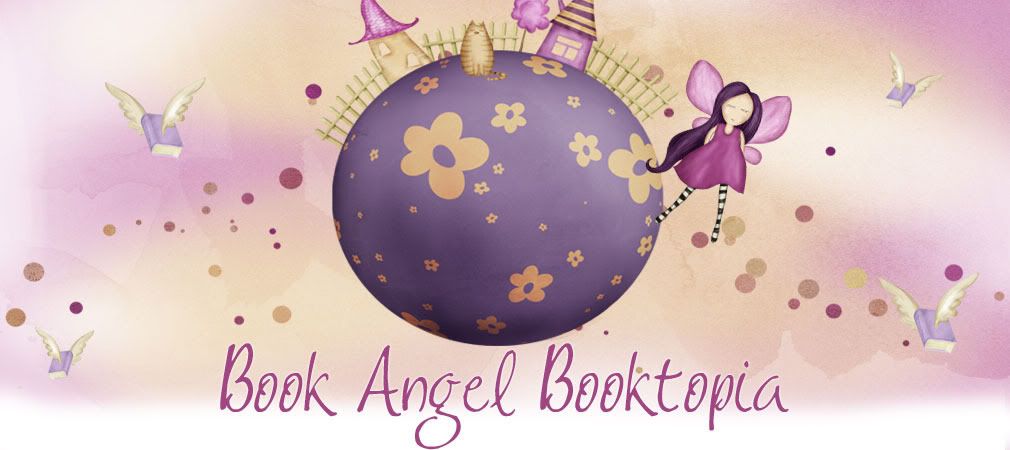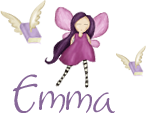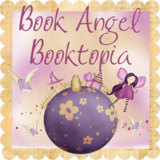For me, creative writing is a balance between using the logical and the intuitive. Put in the simplest terms, the left brain controls words and the right brain is visual, thinking in images and symbols. The left brain will help you build a good plot structure, but you need the right brain to clothe that structure with creative scenes, innovative action and convincing characters. And the right brain loves music. That's why one of the best exercises I know for creative writing is listening to music.
Before I was a full time writer, I taught art at primary school level. I would often put on a piece of music to relax my pupils and help them enter the realm of the right brain.
Clarinet Concerto in A Major: Adagio by Mozart
This was one of the first pieces of music I used for my art classes and also for creative meditation. It is still one of my favorites. I would put it on and encourage the listener to close their eyes and imagine they were in a safe garden. Then I asked the following questions. What kind of garden is it? What can you see? What time of day (or night) is it? Imagine you are barefoot. What do the soles of your feet feel? Can you feel the breeze? Or sunshine? What can you smell? Flowers? The Sea? Fresh-cut grass? Soak in the beauty and peacefulness of the music and the secret garden it conjures up. The piece lasts less than 10 minutes but it always leaves me calm, refreshed and ready to draw or write!
In my art classes I would often play more evocative pieces of music, like this one:
Slave Song by Larry Carlton
I ask my pupils to let the music transport them. Where are they? Inside? Outside? City? Forest? Underwater? On another planet? In another time? Then I ask what time of day? What can you hear, feel, smell? Who is in your picture and what are they doing? The first time I listened to this instrumental track, I immediately saw a desert at dusk and a camel caravan crossing it. I had just started to write my Roman Mysteries series and perhaps because of the name of the track I saw the slave-girl in my books: Nubia. This song became so powerfully associated with her that it has made cameos in several of my books, particularly The Pirates of Pompeii, where Nubia composes it on her flute to console herself. I just wish they'd been able to use it in the TV series based on the book.
My 8-year-old art pupils had no trouble coming up with amazing scenarios. But already by the age of 11, some were lacking in confidence. And when I did this exercise with adults in a poetry writing class, I found that most of them had totally lost that child-like ability to let their imagination roam.
Know this: all your imagination needs is a little encouragement.
Also, it's good to recognize the critical voice we often hear: This is stupid! Or you'll never get inspiration. Or other people will get better images. This voice is the controlling left brain. It's afraid of not being in control. That is why one of the best times to do art or music is after lunch when your left brain is tired. Don't let it bully you! One of the cheapest shots the left brain throws at us is this: You're making that up. Of course were making it up. It's our imagination. Just gently tell your left brain not to feel threatened, but that you are going to spend a little time playing with your visual right brain, which has no words to defend itself.
Here's a story I've told before, but it's worth telling again.
Ten years ago, soon after I started writing in earnest, I attended a week-long creative writing course. One afternoon the teacher put on a piece of music and asked us to imagine the scene the music painted. And despite all my experience, I froze!
Why? Because I hated the music. It was too emotional. It was sad, poignant, almost cloying. Ugh! Said a critical voice in my head the left brain I hate this music. I'm not doing this. Then I thought, Wait. I've paid to do this course; I might as well try it out.
As soon as I turned down my critical left brain commentary and let my visual imagination go, I saw a scene. It was a foggy day in Ostia, the port of Ancient Rome, the setting of the series I was working on. I watched in amazement as a funeral cortege emerged from the fog. With a thrill of dread, I recognized some of my characters. But who was the body on the bier? It wasn't until the procession passed by that I saw the character my subconscious was telling me must die.
Another accusation the left brain might level against you is this: Those images are things you've seen before. They're not original. That's true for all of us. Our imagination is mostly full of what we've put there. That's why it's important to monitor what you feed into your brain through your eyes.
If I put on the theme song of The Big Country, lots of people over a certain age will immediately see a vast Western landscape with cowboys or something similar. That's OK. Play with it. Keep your eyes closed and your imagination running. See where the cowboys ride to, or what they do. They might surprise you.
Innovation often comes through the juxtaposition of two familiar images in a new way. Try imagining one of YOUR characters riding through a landscape created by this music. It might give you some ideas.
The Big Country by Jerome Moross
This magnificent piece of music is one of my top five Western movie soundtracks. (The other four are The Good, the Bad and the Ugly, The Magnificent Seven, Rawhide and Dances with Wolves). Put one on and let yourself be transported.
I recently heard a fascinating interview with a music critic named Tim Page, who found out in his mid 40s that he was Aspergers. He talked about loving pattern music like this track. I listened to it and discovered I loved it, too. It gave me a great idea for the hero of my new series.
Music for 18 Musicians: I. Pulses by Steve Reich Ensemble
The rhythmical repeating sound phrases of this stunning CD will put you into a semi-hypnotic state. In my first Western Mystery, my hero P.K. Pinkerton is riding on top of a stage coach when he first hears the Music of Virginia City, a rhythmic thumping of a thousand stamp mills. This piece by Steve Reich inspired the idea that my hero P.K. Pinkerton might get entranced by certain types of music.
And finally, for something completely different.
Camptown Races by the 2nd South Carolina String Band
If you are writing historical fiction, it's great to listen to period music. It was frustrating not knowing what Roman Music really sounded like when I was writing my Roman Mysteries. Luckily, we do know what American music of the 19th century sounded like. Songs like this one, played by re-enactors with attention to period detail, are especially useful for helping me time-travel back to 19th century America. I usually prefer songs without words but songs with lyrics can actually give you ideas for plot points.
Try putting on one of these pieces of music for yourself and seeing where they take you.
Good luck!















What a brilliant post. I have never really thought of how influential music would be to my writing as I find I need complete silence. I might have to try it for idea hunting.
ReplyDeleteI like the idea of listening to historical music if you are writing historical novels.
I'm the sort of person who appreciates silence,(hush Emma, I' only loud in work!) It surprises people that I like my peace...
ReplyDeleteHowever, when it comes to writing, silence kills me! I love making playlists for the scenes I'm writing and find that the right music can make all the right words spring from my fingers!